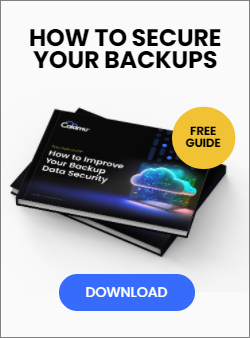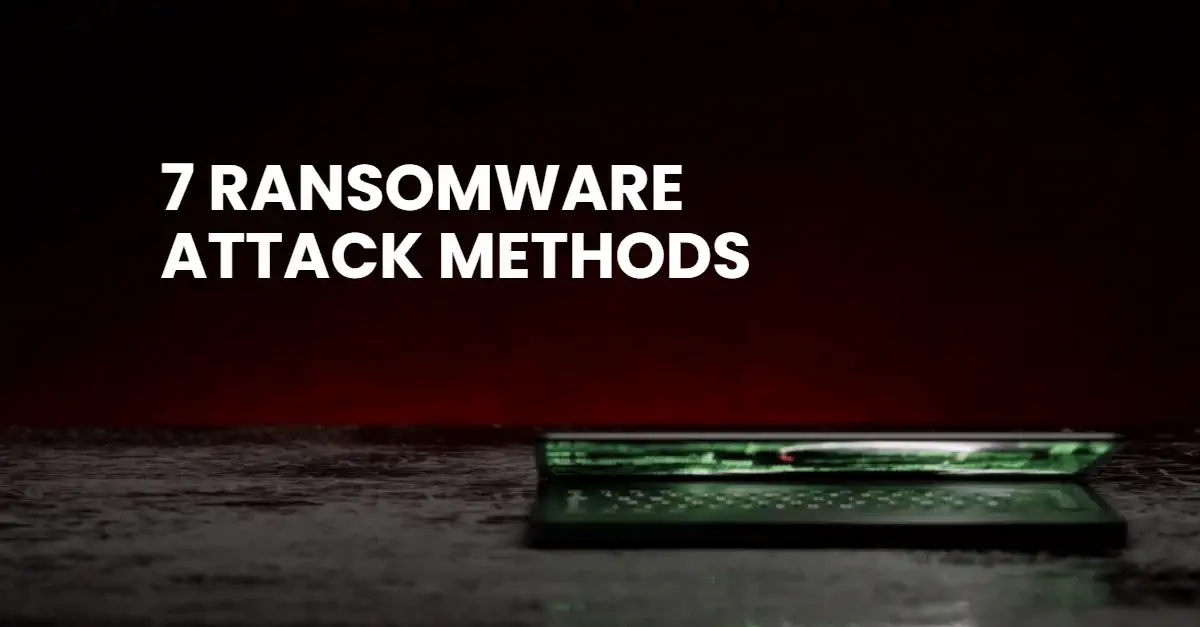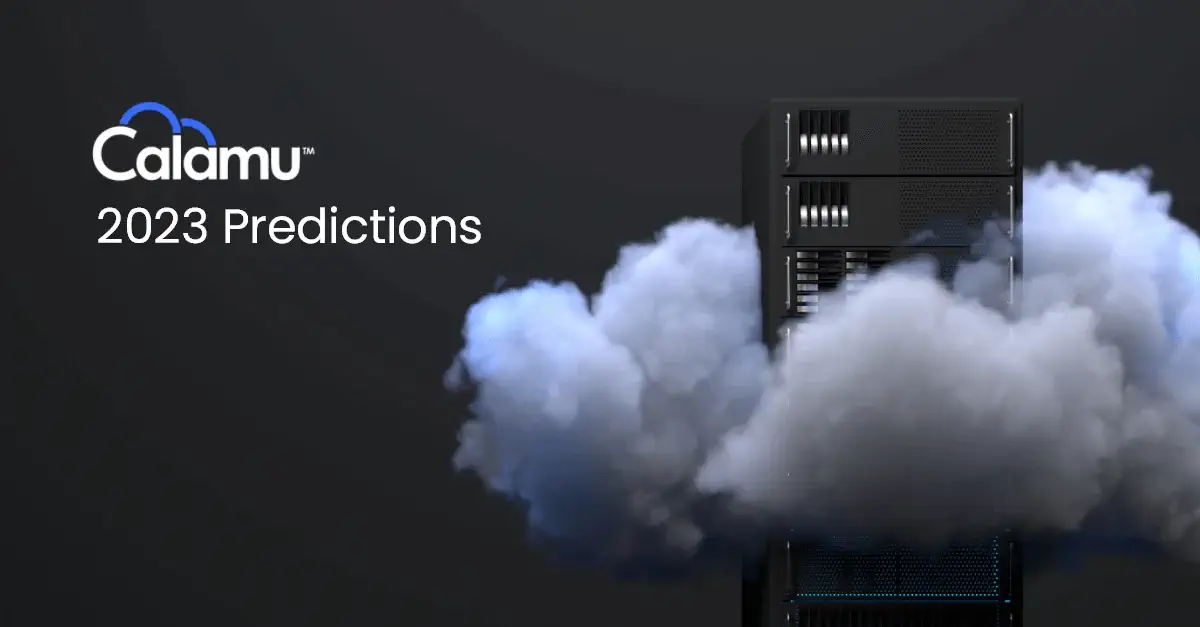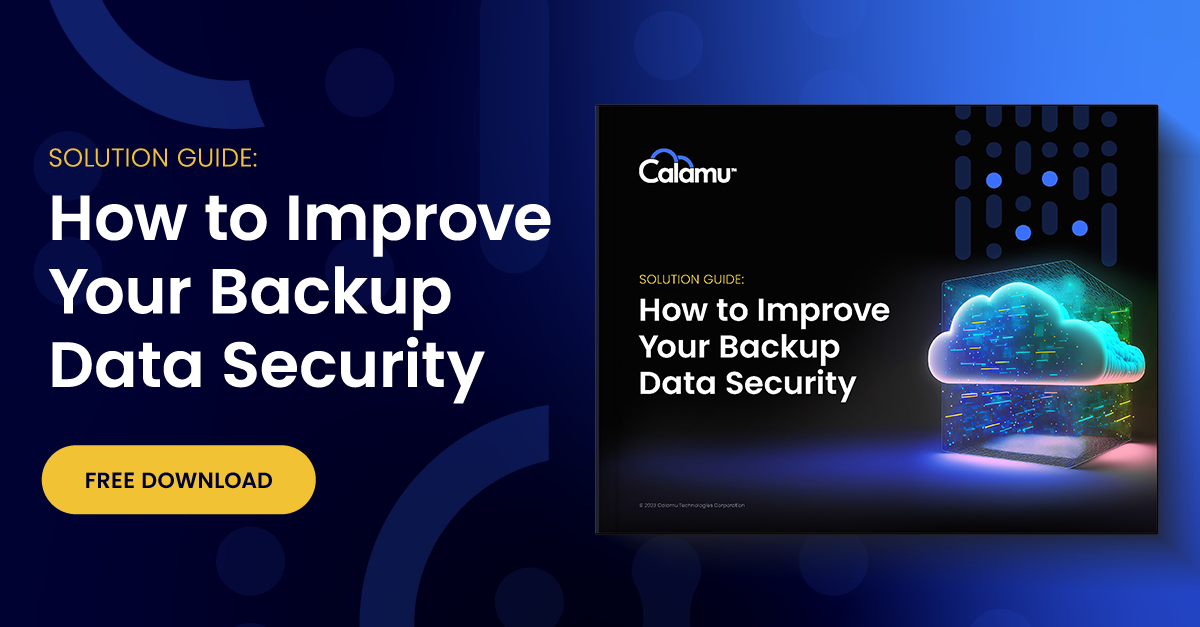Why data backup is not a one-size-fits-all disaster recovery solution and how to secure your last line of defense with a Data Harbor.
Disasters happen all the time. Valuable data is accidentally or maliciously deleted. Earthquakes, fires, or floods damage critical infrastructure. Backup and recovery solutions were built to help businesses weather these proverbial storms to ensure organizational continuity.
Yet the most threatening disaster to business continuity in recent years - a ransomware attack - can wipe out the entire production environment and worst of all? That’s its main goal. Ransomware undermines your layered defenses, earthquakes don’t. And as hackers implement AI into their toolset, this problem will compound exponentially.
ransomware attack - can wipe out the entire production environment and worst of all? That’s its main goal. Ransomware undermines your layered defenses, earthquakes don’t. And as hackers implement AI into their toolset, this problem will compound exponentially.
Facing down a powerful adversary with malicious intent, businesses are starting to understand that backups alone are not a one-size-fits-all solution to disaster recovery. While the ability to restore from backup is still critical, today’s toughest challenges need solutions that go further by ensuring that data held in the backup repository is itself impenetrable, always accessible to the organization, and safe from theft, exfiltration, malicious encryption, unauthorized deletion or alteration in any way. This is why backup security is becoming the new standard, layering cybersecurity defenses directly at the storage level to protect the last line of defense.
Backup security isn’t a new concept, but a new approach emerges.
Securing the backup environment is not a new strategy. For years, companies have employed any number of best practices and technologies to secure their backup data as the organization’s last line of defense. Yet as ransomware tactics evolve, they have exposed vulnerabilities inherent to these solutions:
Encryption:
Encryption, for example, was once the standard for data storage including backup repositories but recent “steal-now-decrypt-later” schemes mixed with compromised decryption management systems have started to undermine this stalwart security method. In addition, advancements in quantum computing are on the verge of breaking through existing cyber defenses. Beyond security concerns, encryption is famously difficult to manage over the long-term,1 making it a prime target for misconfigurations, lax key management policies, and overall abandonment of the technology altogether.
Immutability:
Immutability in the backup environment ensures that the data held within cannot be encrypted, deleted, or altered in any way for a predetermined period of time, and has been an important advancement in backup security. Yet immutability does not stop the data from being stolen or exfiltrated out of the repository and has no inherent way to protect the data once outside.
Encryption and immutability were once seen as the necessary 1-2 punch to backup security but technology is evolving faster than ever with more endpoints and applications generating large amounts of data daily, making it difficult to adhere to even these “no-brainer” security controls.
For a complete list of traditional backup security measures, download the Solution Guide: How to Improve Your Backup Data Security.
Finding Safe Data Harbor - Solving the Critical Vulnerability in Data Storage
A common design flaw is shared across most backup environments caused by single-target storage: data remains in its complete state, regardless of where it is stored or what security methods are used. This means that when a storage environment goes offline or is compromised by an attack, the data held within becomes inaccessible to the organization. In addition, stolen data is readable and usable to threat actors who successfully gain access to it. Traditional security methods (encryption, immutability, key management and others) fail to address this critical gap.
Eliminating the risks to businesses caused by data theft, ransomware attacks, outages and hardware failure means eliminating the single-point-of-failure in current data storage design. This is the outcome of a Data Harbor - a disruptive technology that replaces single-storage targets with a secure and resilient multi-cloud environment. The Data Harbor’s engine encrypts and fragments data into pieces, then scatters them across geographically dispersed storage locations. This process ensures that a complete file or data object does not exist in any single location. With a Data Harbor, any attempts to steal data from a company results in unreadable “digital sludge.” In addition, data remains 100% always accessible to authorized users thanks to built-in redundancies performed by the Data Harbor’s engine.
Why Evaluate Backup Security Today?
Backup repositories are under attack. In fact, 94% of recent ransomware attacks target backup repositories.2 This is because data held in backup repositories is data worth keeping - the more valuable the data, the higher the motivation for threat actors to gain access. In addition, most storage environments, including backup repositories, lack active anti-theft controls. And because backup best practices dictate that businesses should include redundant copies in multiple locations, there are more attack surfaces than ever to protect. The data harbor consolidates and addresses today’s toughest challenges. The Data Harbor eliminates excess copies of data that can be targeted for exploitation and adds comprehensive security to stored data to eliminate exfiltration attempts, resulting in 3-2-1-X.
Learn more about how Data Harbors improve the security and availability of backup data.
1 Data Center Knowledge | 2 2023 Veeam Ransomware Trends Report




